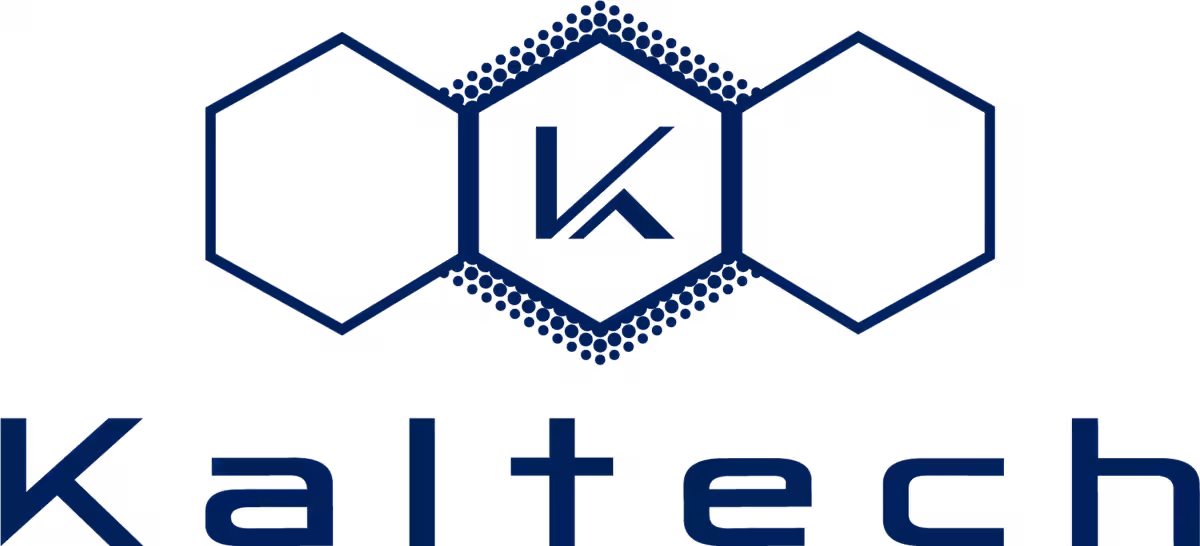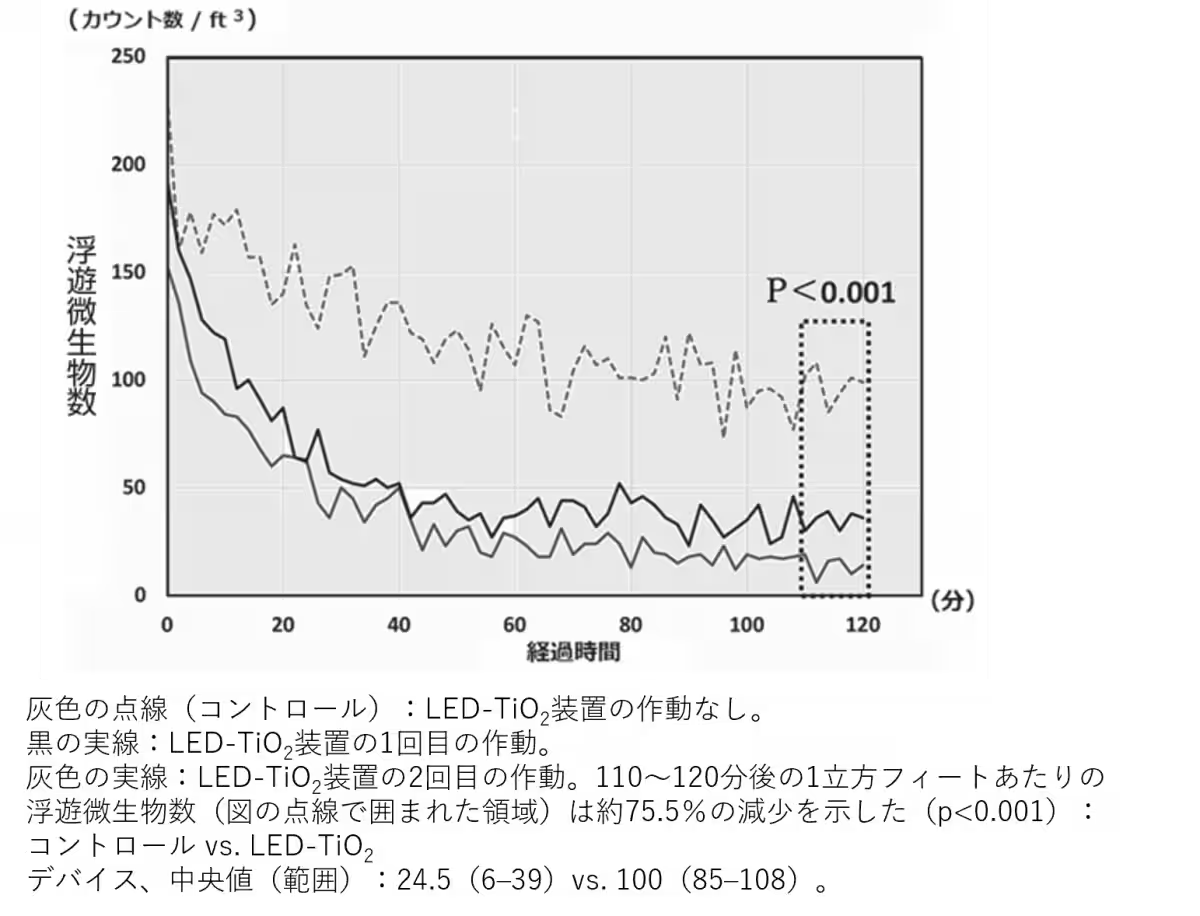

Innovative Titanium Dioxide Technology Reduces Severe Infections in Cancer Patients
Titanium Dioxide Technology: A New Hope for Cancer Patients
Introduction
In a landmark study conducted by Nihon University School of Medicine in collaboration with Kaltec Co., Ltd., researchers have discovered that using titanium dioxide (TiO₂) photocatalysts in spatial sterilization significantly reduces the incidence of febrile neutropenia (FN) among cancer patients. FN is a severe complication that leads to increased infection risk in individuals undergoing chemotherapy, particularly those with weakened immune systems. The researchers believe that this innovative sterilization method could potentially prevent infections from various pathogens, including bacteria, viruses, and fungi, not just COVID-19.
Understanding Febrile Neutropenia (FN)
Febrile neutropenia is defined as a condition where the neutrophil count drops below 500/μL or is predicted to drop below this threshold within 48 hours, coupled with a fever exceeding 37.5°C in the armpit or 38°C orally. This condition frequently arises as a side effect of chemotherapy, especially with cytotoxic agents. The mortality rate can exceed 20% in patients with multiple or severe complications. Consequently, preventing FN is a crucial challenge for healthcare professionals administering chemotherapy.
Challenges in Current Sterilization Practices
Current methods for sterilization in clinical environments often come with high costs of installation and maintenance, making them less than ideal for practical use. Recognizing this gap, the research team set out to explore the use of a TiO₂ photocatalytic device for spatial sterilization in hospital settings. The study involved deploying the KL-W01 LED-TiO₂ system from Kaltec in hospital rooms with a volume of approximately 21.5 to 35 cubic meters, measuring the rates of nosocomial infections and airborne microbial counts.
Key Findings
The results showed a significant reduction in nosocomial infections in patients with neutrophil counts below 500/μL after the installation of the photocatalytic device. The study also identified major microbial culprits of FN, including species of Staphylococcus, Escherichia, Candida, Aspergillus, and Bacillus, detected in the hospital environment. Following the implementation of the TiO₂ system, a marked decrease in the airborne microbes contributing to FN was observed.
In sterile settings without patients, air samples indicated a significant decline in microbial counts after activating the system (p < 0.001). In patient-occupied rooms, although microbial counts typically increased during medical procedures, the introduction of the device led to a rapid decline in airborne microbes post-procedure.
Expert Commentary
Dr. Kazuhide Iizuka from Nihon University commented on the findings, noting that the TiO₂ system not only showcases potent sterilization properties but also is relatively economical regarding setup and maintenance, requiring only filter washing with water. The study confirms the utility of TiO₂ photocatalysts in achieving efficient spatial sterilization. Dr. Iizuka expressed hope that this research paves the way for further studies and broader acceptance of photocatalytic sterilization as a standard infection prevention method.
This study is remarkable as it represents the world's first clinical trial demonstrating the infection prevention effects of photocatalytic spatial disinfection. The aim is to provide tangible evidence to promote reliable infection control solutions via photocatalytic technology.
About the Researchers
Dr. Kazuhide Iizuka graduated in 2007 from Kitasato University School of Medicine and earned his PhD from Juntendo University Graduate School in 2015. Since 2019, he has served as an assistant professor in the Department of Hematology and Rheumatology and Clinical Laboratory Medicine at Nihon University. In addition to his clinical work, Dr. Iizuka is actively involved in infection prevention measures within the hospital.
Conclusion
The research signifies a significant advancement in reducing the incidence of febrile neutropenia in cancer patients through innovative technology. As the healthcare field increasingly seeks effective solutions for infection control, the TiO₂ photocatalytic sterilization offers a promising avenue worth exploring further.
Company Information
- - Name: Kaltec Co., Ltd.
- - Location: 3-3-7 Bakurocho, Chuo-ku, Osaka, Japan
- - Official Website: kaltec.co.jp
- - Social Media: Instagram, X (formerly Twitter), TikTok





Topics Health)










【About Using Articles】
You can freely use the title and article content by linking to the page where the article is posted.
※ Images cannot be used.
【About Links】
Links are free to use.